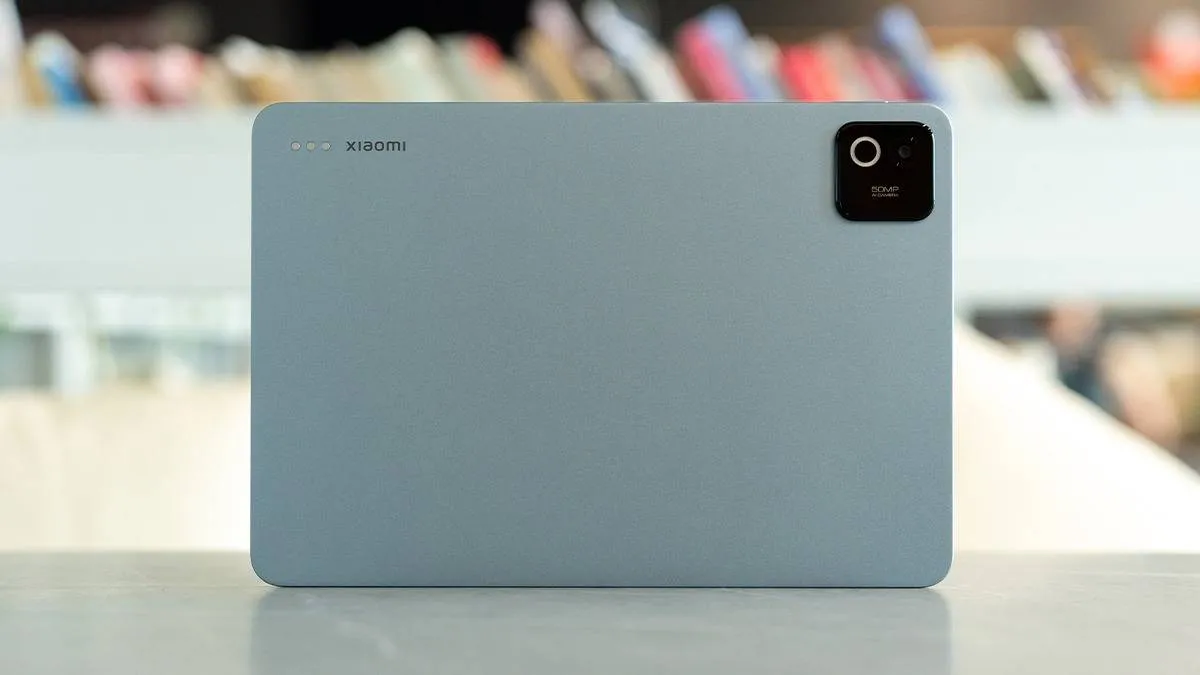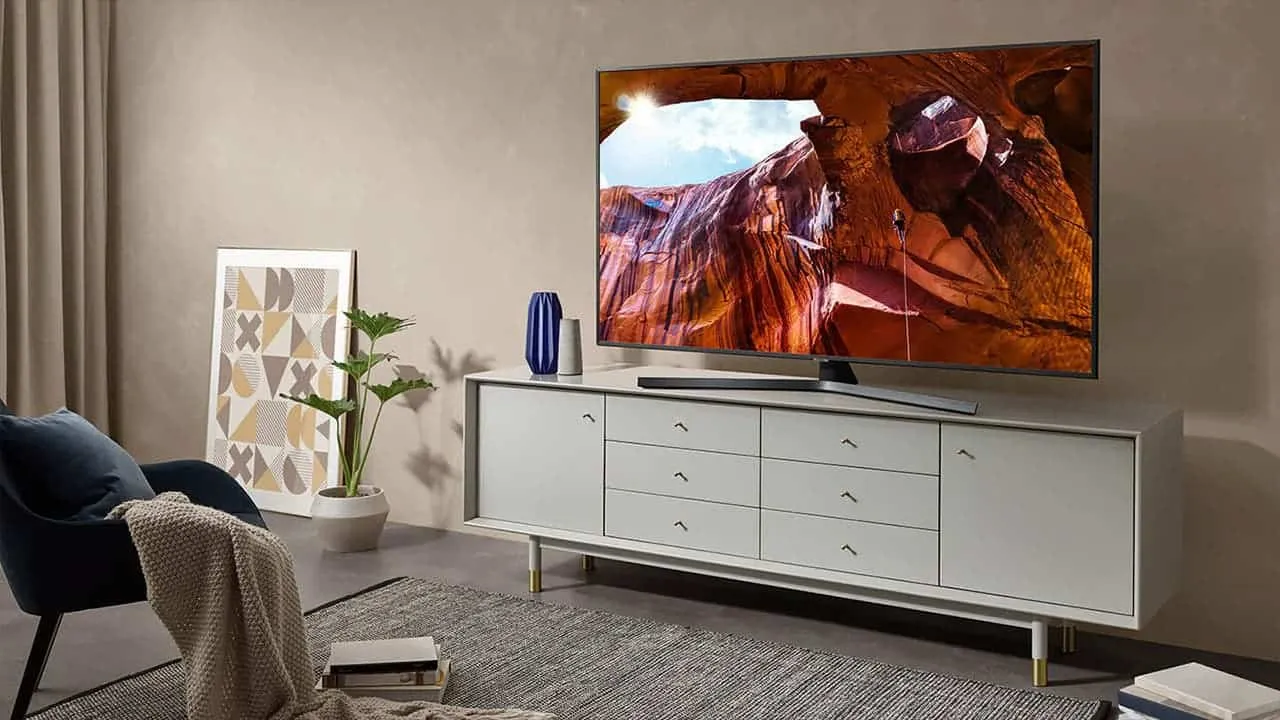
Tired of cranking up the volume just to hear your favorite show? You're not alone. Many modern smart TVs boast stunning visuals but fall flat when it comes to audio. It's frustrating, but don't worry. There are solutions. Let's dive in and explore how to transform your TV's sound from a whisper to a roar.
What Could Explain the Poor Audio Coming From Your Smart TV?
Picture this: You've finally upgraded to that stunning new smart TV. The colors are vibrant; the picture is crystal clear. But when it comes to sound, it's like a whisper in a hurricane. What gives?
Blame the sleek design. To achieve those razor-thin profiles, TV manufacturers had to sacrifice something. Unfortunately, it was often the sound system. The space for speakers is now minimal, leading to tinny, flat audio.
Don't despair just yet. There are ways to boost your smart TV's audio.
How to Fix Poor Smart TV Audio
There are a couple of things that you can do to fix the poor audio coming out of your smart TV.
Tweak the Audio Settings
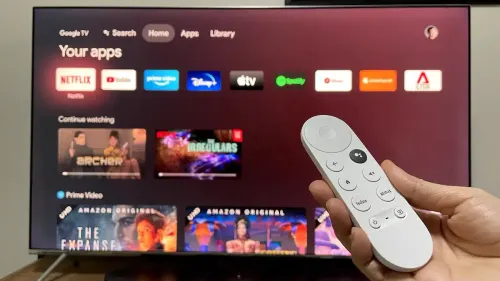
Before you rush out to buy expensive equipment, let's see if we can improve your smart TV's sound with a few simple adjustments. Your TV likely has various sound modes designed to optimize audio for different content.
Dive into your TV's settings menu and explore the sound options. Experiment with different modes like Standard, Clear Voice, or Movie. These presets can significantly enhance dialogue clarity and overall audio quality.
Fine-tune the Equalizer
Still not satisfied? Let's dive deeper into your smart TV's audio settings. Look for an equalizer option. This feature allows you to adjust specific sound frequencies, like bass and treble.
Too much bass can muddle dialogue, while excessive treble can make things sound harsh. Aim for a balance that brings clarity to voices and richness to other sounds. Experiment with different settings to find your sweet spot.
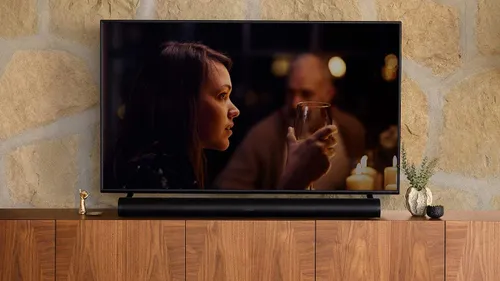
Check the Speaker Placement
Believe it or not, where you place your speakers can dramatically impact sound quality. If your speakers are snuggled too close to the wall, you might experience muddy sounds and muffled dialogue.
Why? Bass frequencies are tricky. They spread out in all directions. When a speaker is near a wall, those low frequencies bounce back, creating a booming effect that drowns out other sounds.
Experiment with pulling your speakers away from the wall. A little distance can make a big difference. But don't go overboard. Too much space might eliminate bass altogether. It's a balancing act, so be prepared to fine-tune the placement.
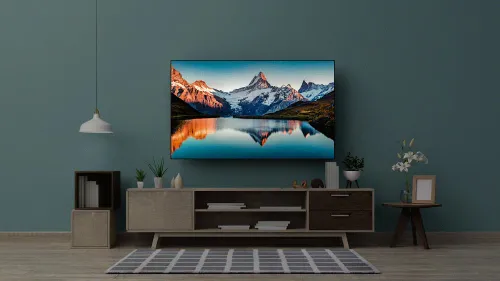
Check for Software Updates on Your Smart TV
Don't forget to check for software updates for your smart TV. These updates often include audio improvements and bug fixes. To check for updates, navigate to your TV's settings menu and look for a "system" or "support" section. If an update is available, install it and see if it improves your audio experience.
Keeping your smart TV's software up-to-date is essential for optimal performance, including audio quality.
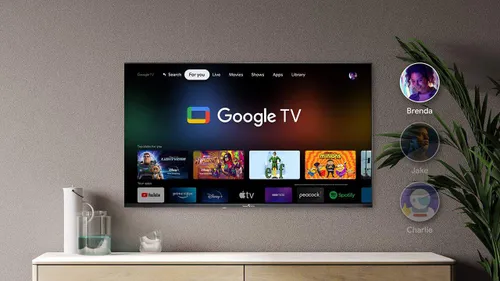
Experiment With Different Audio Formats on Your Smart TV
If your smart TV supports multiple audio formats (like PCM, Dolby Digital, DTS), try experimenting with different ones. Some formats might sound better than others, depending on your TV and content. You can usually find these settings in the audio output section of your TV's settings menu.
Keep in mind that the best format often depends on the source content. For example, Dolby Digital is commonly used for movies, while PCM might be better for music. By trying different audio formats, you might discover a noticeable improvement in sound quality.
Consider Upgrading Your Smart TV Audio Experience
If you've exhausted all the software and placement tweaks, it might be time to consider a hardware upgrade. A soundbar is a popular choice for a noticeable audio boost without breaking the bank. These sleek devices deliver richer sound and deeper bass compared to your smart TV's built-in speakers.
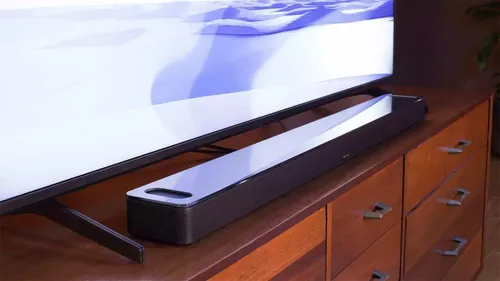
For the ultimate cinematic experience, invest in a full home theater system. With multiple speakers and a subwoofer, you'll be immersed in sound like never before.
What to Look for In a Smart TV Soundbar
The best audio solution depends on your budget and desired level of immersion. But here are some general tips:
- Sound Quality: Look for soundbars with clear dialogue, rich bass, and surround sound capabilities. Features like Dolby Atmos or DTS:X can enhance the audio experience.
- Size: Consider your smart TV size and room dimensions. A larger soundbar generally delivers better sound, but it also needs to fit your space.
- Connectivity: Ensure the soundbar has the necessary inputs (HDMI, optical, etc.) to connect to your TV and other devices. Wireless connectivity options like Bluetooth and Wi-Fi are handy for streaming audio.
- Additional Features: Some soundbars offer smart features like voice assistants, music streaming, and HDMI ARC for easy setup.
By carefully considering these factors, you can find a soundbar that perfectly complements your smart TV and elevates your entertainment experience.
Popular News
Latest News
Loading
